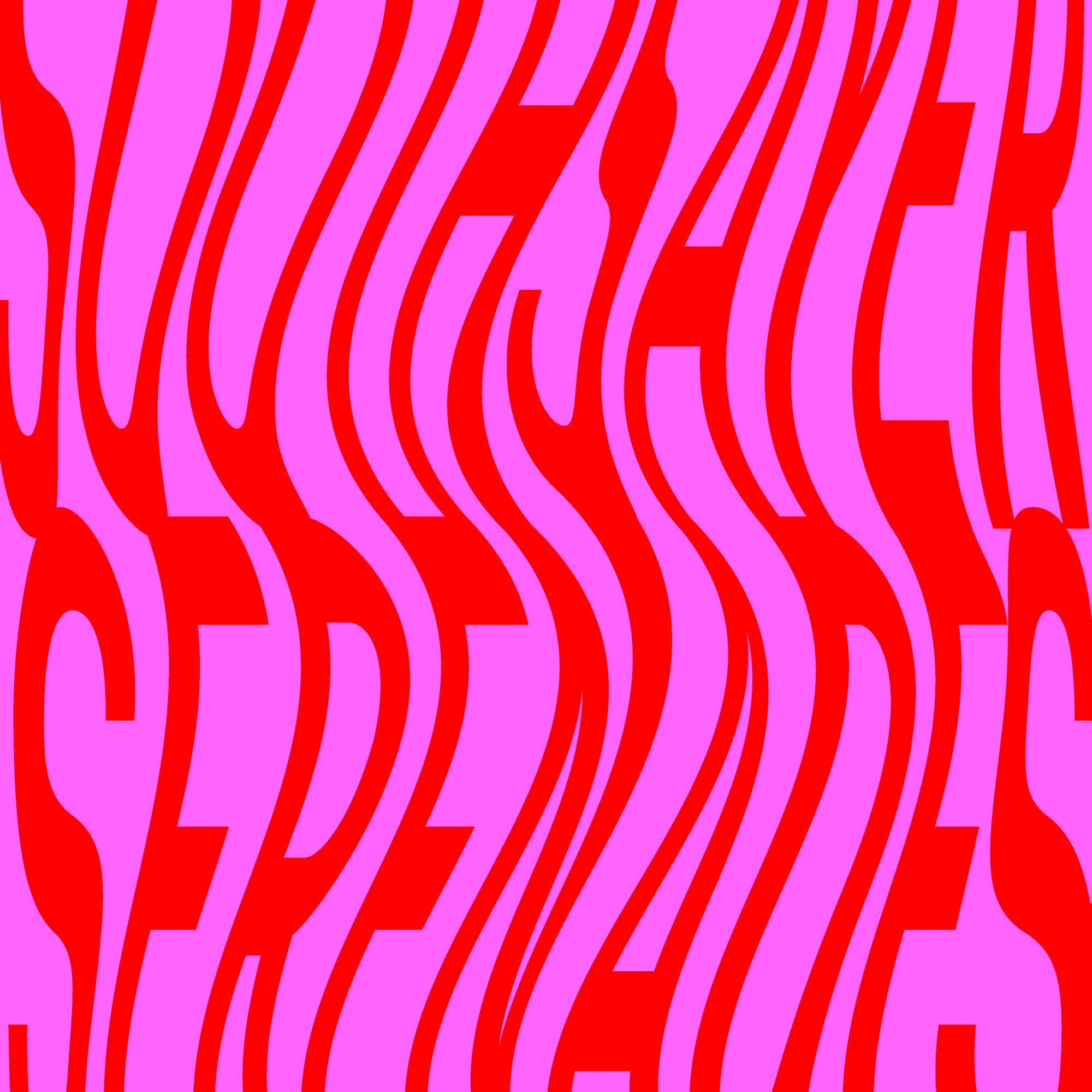Ben Thorp Brown, 2019
17’34”
Filmed in Richard and Dion Neutra’s VDL Research House II, on Silver Lake Reservoir, Los Angeles, Cura brings to life the principles developed by the Austrian-American architect, who saw architecture as a therapeutic tool. He designed projects in which each environmental element was carefully calculated to elicit sensory and emotional responses in people. The main protagonist of the film is a tortoise, the ancient reptile embodying Cura, the goddess of care, voiced by American vocalist Joan La Barbara. The tortoise guides us through the house, delivering a monologue that mixes mythology with passages from Neutra’s main philosophical text, Survival by Design (1954).
This film was created as part of The Arcadia Center, a speculative wellness centre for our time, and a training space for a world that needs to restore its empathic abilities.

Today we are thrilled to present the third playlist of Amrita Hepi’s Soothsayer Serenades series as part of the Notes for Tomorrow exhibition. The playlist titled Serenades to the Sun is presented by Kornelia Binicewiczon Pera Museum’s Spotify account.
Tuesday - Saturday 10:00 - 19:00
Friday 10:00 - 22:00
Sunday 12:00 - 18:00
The museum is closed on Mondays.
On Wednesdays, the students can
visit the museum free of admission.
Full ticket: 300 TL
Discounted: 150 TL
Groups: 200 TL (minimum 10 people)